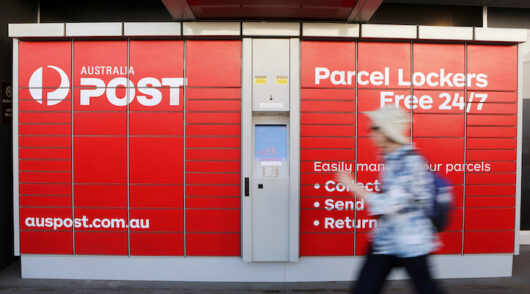An increasing number of retailers today are using their physical store networks to fulfil online orders, be that through the use of Click and Collect or using the store as a fulfilment hub in its own right. In today’s omnichannel retail environment there are many reasons why this makes perfect sense.
However, there is also a range of unintended consequences that need to be managed to ensure that the benefits of doing this aren’t outweighed by negative impacts.
So what are these unintended consequences and how can they be avoided?
Demotivated personnel
The first potential issue relates to store personnel and how they can be motivated to ensure they hit their personal store targets whilst supporting and fulfilling online sales. Progressive retailers are now setting online sales targets for stores and recognising revenue generated online as part of an overall target for stores. The enabler for this is ensuring your store scorecard can measure sales that originate for the store as well as sales that are fulfilled from the store. At The Retail Score, clients that we work with are almost universally adopting this dual method of reporting.
Online fulfillment impacting in-store service levels
Fulfilling an online order in-store can take up to 15 minutes depending on the nature of the retailer’s systems, the backend processes and the packaging standards. It stands to reason then that if store personnel are performing this function, it is at the expense of other activities. The most critical of these is serving the walk-in customers of the store itself and ensuring store presentation and stock levels are perfect. Retail operations managers need to get the staffing balance right to ensure both service levels are maintained. The integration of ERP sales and fulfilment data with payroll data (hours rostered/worked) and ideally store traffic counter data provides the perfect 360-degree view required to ensure staffing levels are set correctly. By recognising that the demands of online should never impact the need to sell instore, retailers can roster for both scenarios and maintain appropriate service levels
That’s’ my stock, so I won’t ship it!
Speed of delivery is a top-ranking factor that influences a customer’s satisfaction with the experience of shopping online, and hence the likelihood of a repeat purchase. Many retailers use Click and Collect or Ship from Store as a means of improving the speed of delivery but this is not always the case. It is a well-known fact that store personnel can be rather territorial when it comes to their store and ‘their stock’. It is not uncommon to see stores rejecting requests to fulfil online orders based on the fact the item was “oversold”, or “I can’t find the stock” or “it’s on hold for a customer”. Some retailers are wrestling with orders be passed through multiple stores before it is actually fulfilled causing unnecessary delays in delivery to the end customer.
Addressing the sales recognition issues will help address this phenomenon, but retail managers also need to be monitoring fulfilment rates, fulfilment times and outstanding orders at the store level. At The Retail Score, we are seeing an increasing number of clients starting to add operational centric reporting to their store dashboards in order to monitor and incentivise the efficient response of stores to online orders. Speed and efficiency of fulfilment should be a key KPI for stores working in this fulfilment model. The bottom line is this: in order to optimise resource allocation retailers need to be able to effectively measure fulfilment times by location and by shipment method.
Using data to improve customer satisfaction
Omnichannel retailing is a complex business to be in. Retailers need to ensure they have the right data assets, integrated and structured in the right way to measure and manage their people, stores and fulfilment processes. Managed well, retailers can ensure they deliver on the omnichannel experience to their customers whilst not negatively impacting their physical store network and staff morale. Information is a critical enabler for this to happen.
You can learn more about how retailers are solving some of the challenges of omnichannel retailing by downloading a whitepaper here.






